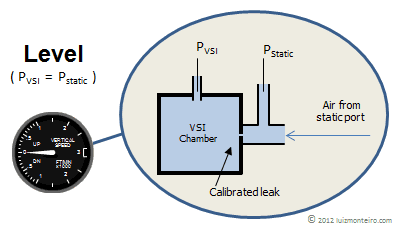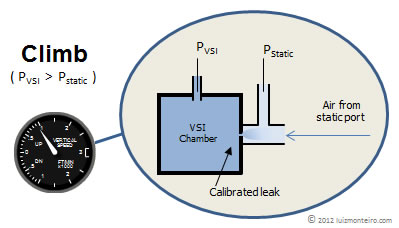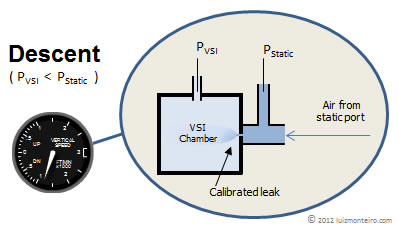|
Transponders
As previously discussed, because most radars are not precise enough for altitude readings, Mode C and mode S transponders send back information to the radar regarding the pressure altitude. These transponders are connected to a static port usually via the same static line or in some cases an independent static line that is connected to another static port. Transponders are calibrated like the altimeter except that there is no altimeter setting adjustment. If the static port is blocked air traffic control (ATC) may not be receiving the correct altitude from the transponder. If you suspect the static port is obstructed either because the altimeter doesn't seem to be showing the correct indications or for other reasons, the altitude ATC is saying you are flying may not be correct. There is an exception, however, if ATC is using a precision type radar (it also usually requires the aircraft to be close enough to the radar facility) which can measure the aircraft's altitude directly with adequate precision.
Vertical Speed Indicator (VSI)
The vertical speed indicator is also connected to the static air port. It is not as precise as the previous two instruments principally in turbulence. There is also a lag in its response and therefore will not show the change in climb/descent immediately. Regarding blockages in the Pitot static system, it is only affected if the static air port is blocked. The VSI displays roughly the rate at which the altitude is changing based on the difference between the pressure inside the VSI instrument's chamber ( PVSI ) and the pressure of the static air port ( PStatic ) which is calibrated to show the corresponding climb/descent value on its scale. Note that the symbol PStatic and P (as discussed in the previous paragraphs) refer to the same thing. There is a small opening (usually referred to as calibrated leak) between this chamber and the static air port that allows air to gradually flow and equalize the pressure between the two.

Fig 2-8 Aircraft flying at a constant altitude.
If the pressures are equalized ( PVSI = PStatic ) the VSI will read zero (Fig 2-8) since it is essentially measuring the difference between the two pressures.

Fig 2-9 Increase in altitude.
If the aircraft is climbing the chamber does not have a chance to equalize and will show a climb (Fig 2-9) because the pressure on the static air port is decreasing ( PVSI > PStatic ). Air will flow through the calibrated leak from the VSI chamber to the static air line. Note the calibrated leak is so small that the effect on increasing any pressure in the static line affecting the other instruments that use the static line pressure is negligible.

Fig 2-10 Decrease in altitude.
In a descending aircraft the chamber will also not have a chance to equalize since the pressure on the static air port is now steadily increasing (Fig 2-10). Air will now flow through the calibrated leak from the static air line to the VSI chamber. Just as in the climb scenario the calibrated leak is so small that the effect on decreasing any pressure on the static line is negligible.
|

